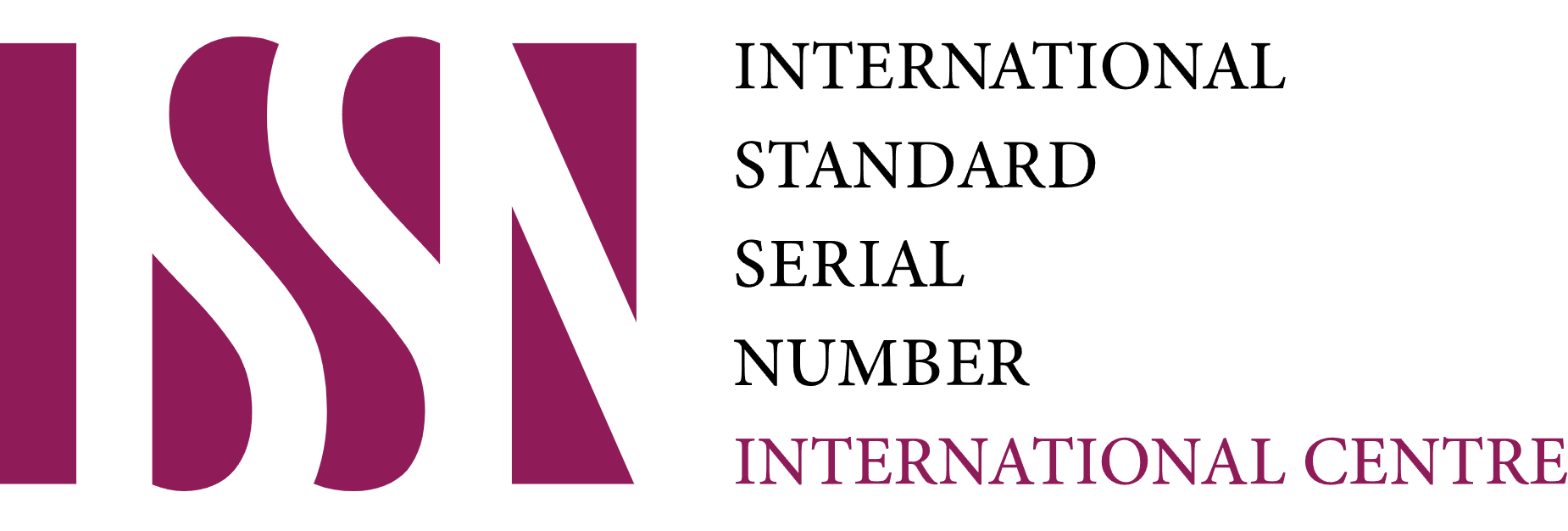Partisipasi Petani dalam Perlakuan Benih untuk Peningkatan Kualitas Bibit Tanaman Padi Sawah
DOI:
https://doi.org/10.51852/jpp.v16i2.512Keywords:
paddy rice seeds, participation, counseling, seed treatment, strategyAbstract
Seed treatment is strived to secure and improve the growth and development of lowland rice plants. It is done because lowland rice plants’ production does not meet the expectations; the low productivity of lowland rice plants is 61.35 kW/ha/th/GKP. The study aims to describe the level of participation of farmers in seed treatment, analyze factors related to farmers' participation in seed treatment, and develop strategies to increase farmer participation. The study was conducted from April to July 2019 in Tambaksari District, Ciamis Regency, West Java. The target is farmers who are members of the farmer group with the commodity paddy. The total respondents were 71 farmers. Data was collected through semi-structured interviews with closed questionnaires and direct observation. Descriptive analysis is used to describe the level of farmer participation, while correlation analysis is used to find out factors related to farmer participation. Paddy farmers' involvement in seed treatment activities is included in the "medium" category. Factors related to farmers' participation in seed treatment are the government's willingness, ability, and support and the availability of agricultural production facilities. Need to be done: increasing the intensity of extension activities, training in how to give treatment to lowland rice seeds, making seed selection, and measuring soil pH to achieve the goal of improving the quality of rice field seedlings and more optimal plant development. The procurement of production facilities is needed by farmers in superior seeds, water reservoirs, and growth regulatory substances.
References
Adi IR. 2007. Perencanaan Partisipatoris Berbasis Aset Komunitas: Dari Pemikiran Menuju Penerapan. Depok: FISIP UI Press.
Anwarudin. 2017. Faktor Penentu Partisipasi Petani Pada Program Upaya Khusus Padi di Kabupaten Manokwari, Papua Barat. Jurnal PenyuluhanPertanian;http://ojs.unand a.ac.id/index.php/jtas/article/downloa d/113/94, diakses tanggal 5 Februari 2019.
Mardikanto. 2009. Sistem Penyuluhan Pertanian . LPP UNS dan UNS Press Surakarta.
Mahmud Y, Netti N, dan Sugiarto 2010. Pengaruh Macam Perlakuan Benih Terhadap Pertumbuhan dan Hasil Bebebrapa Varietas Unggul Baru Tanaman Padi Sawah. Vol. 9 No. 17, Desember 2010 – Pebruari 2011 : 53 - 63 .LPPM Universitas Singaperbangsa Karawang.
Ratnaningsih. 2010. Metodologi Penelitian [Online] Available at; http: //www.ut.ac.id/html/suplemen/mmpi5 202/indeks.html, diakses pada tanggal 20 Maret 2019.
Sugiyono. 2017. Statistika Untuk Penelitian. Bandung: Alfabeta. Sujarweni, Wiratna. 2015. SPSS Untuk Penelitian.Yogyakarta: Pustaka Baru Press.
Suyatno, dan Sutinah. 2011. Metode Penelitian Sosial. Jakarta; Kencana. Walpole RE. 1993. Pengantar Statistika Edisi Ke-3. Jakarta: PT Gramedia Pustaka Utama.
Widyawati dan Pujiyono. 2013. Pengaruh Umur, Jumlah Tanggungan Keluarga , Luas Lahan, Pendidikan, Jarak Tempat Tinggal Pekerja ke Tempat Kerja, dan Keuntungan Terhadap Curahan Waktu Kerja Wanita Tani Sektor Pertanian di Desa Tajuk Kec. Getasan Kab. Semarang. Diponegoro Journal of Economics; https:// media. neliti. com/ media / publications/19577-ID-pengaruh umur-jumlah-tanggungan-keluarga luas-la han-pendidikan-jarak-tempat ting.pdf,diakses pada tanggal 20 Maret 2019.
Downloads
Published
Issue
Section
License
Authors who publish with this journal agree to the following terms:
1. Copyright on any article is retained by the author(s).
2. The author grants the journal, right of first publication with the work simultaneously licensed under a Creative Commons Attribution License that allows others to share the work with an acknowledgment of the works authorship and initial publication in this journal.
3. Authors are able to enter into separate, additional contractual arrangements for the non-exclusive distribution of the journals published version of the work (e.g., post it to an institutional repository or publish it in a book), with an acknowledgment of its initial publication in this journal.
4. Authors are permitted and encouraged to post their work online (e.g., in institutional repositories or on their website) prior to and during the submission process, as it can lead to productive exchanges, as well as earlier and greater citation of published work.
5. The article and any associated published material is distributed under the Creative Commons Attribution-ShareAlike 4.0 International License













